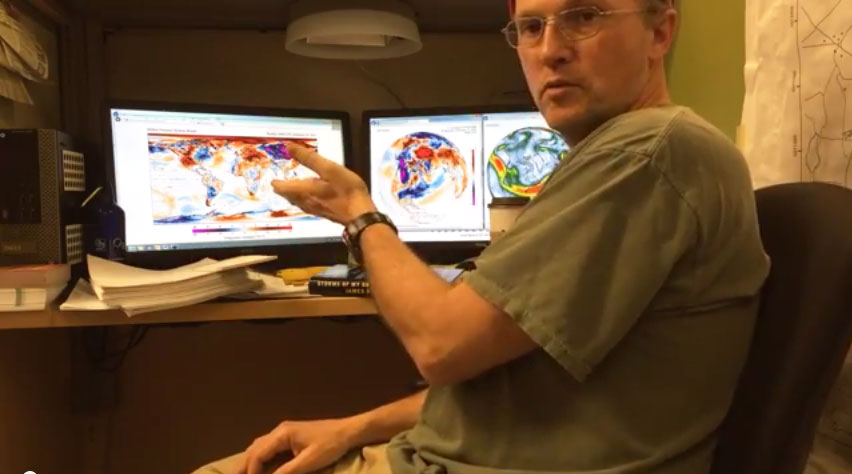Paul Beckwith: Climate Change Deep Freeze (Polar Vortex, Jet Stream and Sea Ice)
Published On: January 29, 2014
Paul Beckwith, discusses the severity and extent of the North […]
Paul Beckwith, discusses the severity and extent of the North American deep freeze and how it results from fractured jet streams due to climate change.
About the Author: Climate State
Climate State covers the broad spectrum of climate change, and the solutions, since 2011 with the focus on the sciences. Climate State – we endorse data, facts, empirical evidence.
Subscribe
Login
10 Comments
Oldest
Newest
Inline Feedbacks
View all comments
